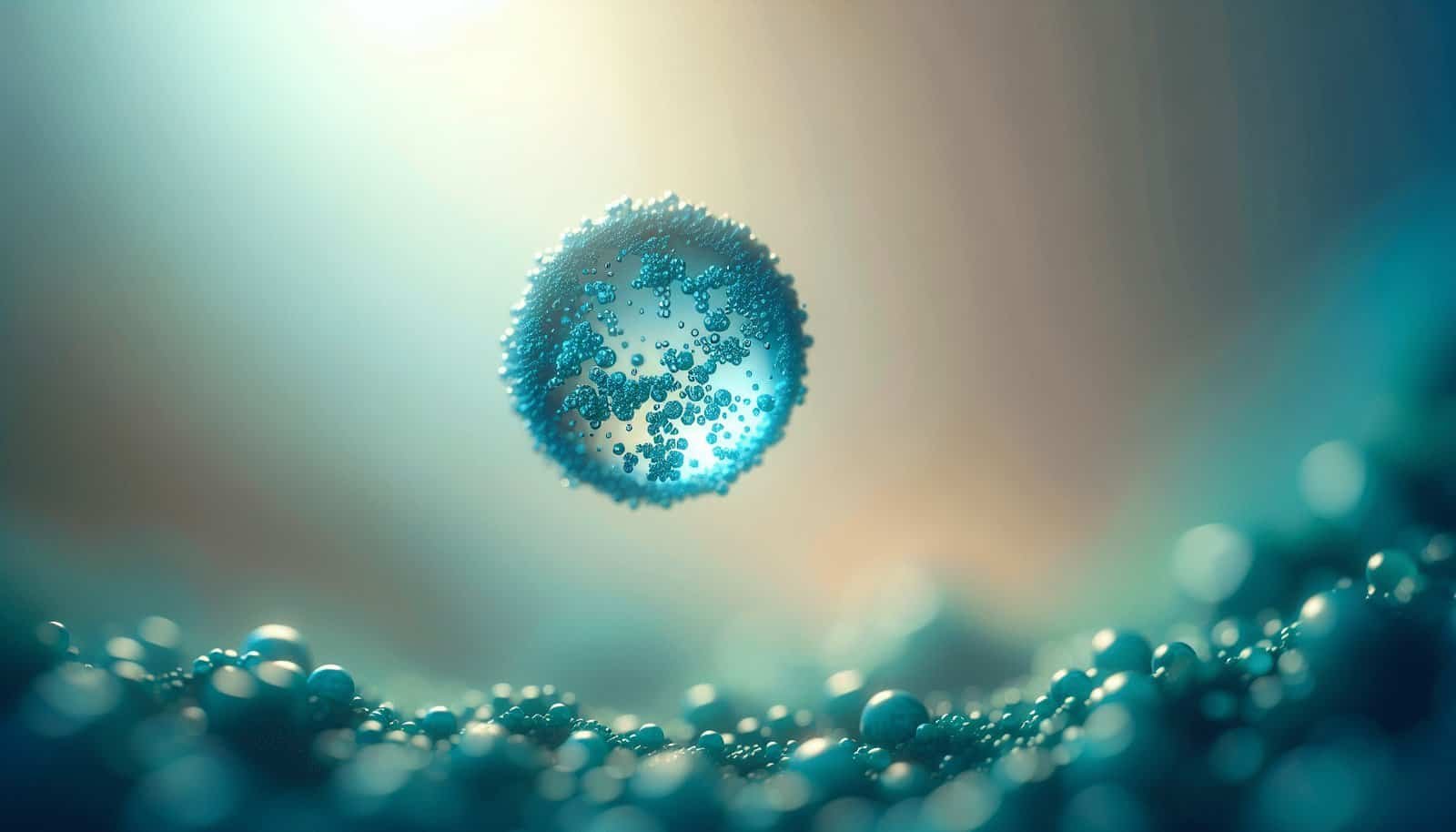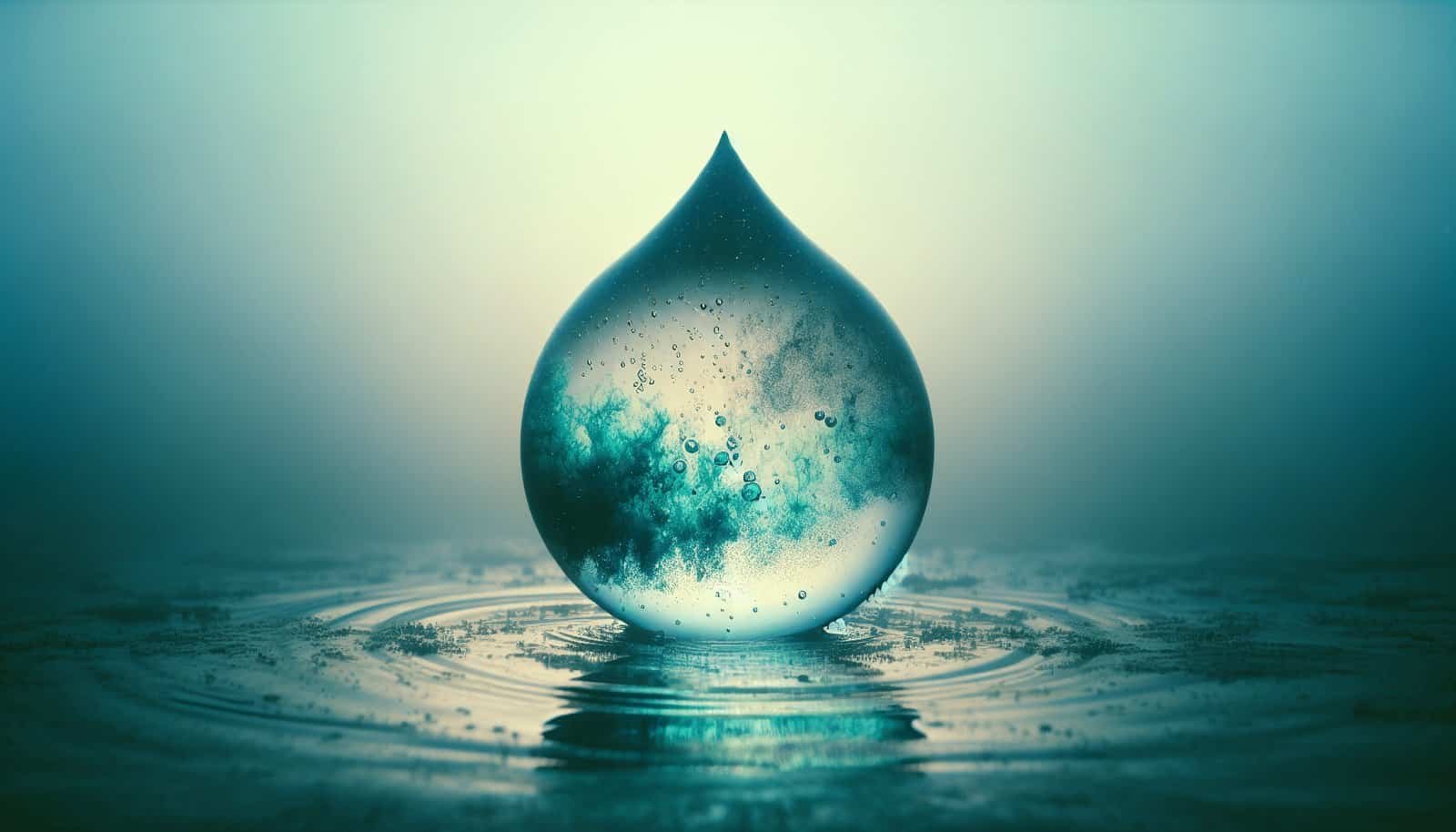Have you ever noticed blue or green stains around your sinks, tubs, or other household fixtures that rely on well water? If so, you might be puzzled about what causes these colorful stains and more importantly, what they indicate about your water quality. In this article, we’ll unravel the mystery behind those mysterious stains, which are not only an aesthetic nuisance but can also hint at some underlying issues with your water system. Additionally, we’ll delve into the topic of biofilm in wells, how it might affect you, and if it poses any safety threats.

Understanding the Source of Blue or Green Stains
The Role of Copper in Coloring
The most common reason for blue or green stains in household fixtures is the presence of copper in your well water. Copper is an essential trace mineral found naturally in soil, rocks, and throughout water supplies, including wells. When your water is high in copper, it can leave behind these telltale stains.
Low pH levels are a leading factor in copper leaching. When water is acidic, it can corrode copper pipes and fixtures, releasing more copper into the water supply. Check your pH levels; ideally, they should be between 6.5 and 8.5.
Acidic Water and Its Effects
Water with a low pH is considered acidic. Acidic water is not just responsible for the unpleasant stains but can also cause corrosion in your plumbing system, leading to further problems. Corrosion can lead to leaks, damage to fixtures, and a metallic taste in your drinking water.
Testing for Copper and pH Levels
To determine the copper content in your water, you can perform a water test. There are home test kits available that can give you a basic insight, but for a more comprehensive analysis, professional testing services are recommended. Testing will also reveal the pH level of your water, guiding you towards the necessary steps for treatment.
Health Implications of Copper
While copper is necessary for health in small amounts, excessive exposure can pose health risks. Overconsumption of copper can lead to stomach irritation and, in severe cases, liver or kidney damage. It’s essential to address high copper levels to ensure your water remains safe.
Addressing the Blue or Green Stain Problem
Installing a Neutralizer System
If acidic water is the cause, a neutralizer system can help balance the pH. These systems use calcite or other neutralizing agents to raise the pH of your water, minimizing corrosiveness and reducing the risk of copper leaching.
Using a Water Softener
For well water that contains other minerals contributing to the stains or overall hardness, a water softener might be beneficial. While primarily for reducing calcium and magnesium levels, many softeners can also help with iron and copper.
Regular Plumbing Maintenance
Inspect and replace any corroding copper pipes. Switching to PVC or another alternative can also mitigate the staining problem. Regular maintenance and inspections by a plumbing professional can catch and alleviate issues early on.

Unraveling Biofilm in Wells
What is Biofilm?
Biofilm is a slimy layer of bacteria that can form on various surfaces, including inside well systems. It’s essentially a collection of microorganisms that adhere to one another and the surface they live on, forming a protective matrix. While it might sound daunting, biofilms are a natural part of the environment and can be found in many water systems.
Biofilm’s Impact on Well Water
Although biofilms occur naturally, they can impact the quality of your well water. They can harbor pathogens, clog filters and pipes, and even affect water taste and odor. Managing biofilm is crucial to maintain a clean and efficient water system.
Recognizing Biofilm Buildup
Recognizing biofilm in wells might not be easy since it often forms in inaccessible places. However, signs such as reduced water pressure, foul odors, and changes in water taste can indicate its presence. The appearance of slimy residues in water appliances also suggests a biofilm problem.

Safety Concerns and Solutions for Biofilm
Is Biofilm Dangerous?
In general, not all biofilms are harmful. However, biofilms can harbor harmful bacteria that may threaten health. The most concerning bacteria potentially found in biofilms include Legionella, E. coli, and Pseudomonas, which can cause illnesses.
Cleaning and Disinfecting Wells
Routine cleaning and disinfection are critical for controlling biofilm buildup. Shock chlorination is a common method for disinfecting wells and effectively controlling biofilm. It involves adding a large concentration of chlorine to the entire water system, killing bacteria and microorganisms.
Installing UV Light Systems
For continual disinfection, installing a UV light system provides a safe and chemical-free solution to inactivate pathogens within your water. UV light technology can be an efficient measure to maintain biofilm control without impacting water quality adversely.

Conclusion
Blue or green stains from well water can be both a sign of aesthetic inconvenience and a potential red flag for underlying water quality issues. Primarily attributed to copper in your water, these stains are manageable through tests and corrective methods like neutralizers and water softeners. Additionally, understanding biofilm in your well is vital for maintaining a healthy water system, even if it’s not always a cause for immediate concern. Regular testing, maintaining pH balance, and employing effective treatment solutions can ensure that your water system remains problem-free and safe for consumption.
Ultimately, tackling the root causes of these stains and biofilm not only protects your home but also safeguards your family’s health. If you’re unsure about the condition of your well water, consulting with a water treatment professional can provide you valuable insights and solutions tailored to your specific needs.

